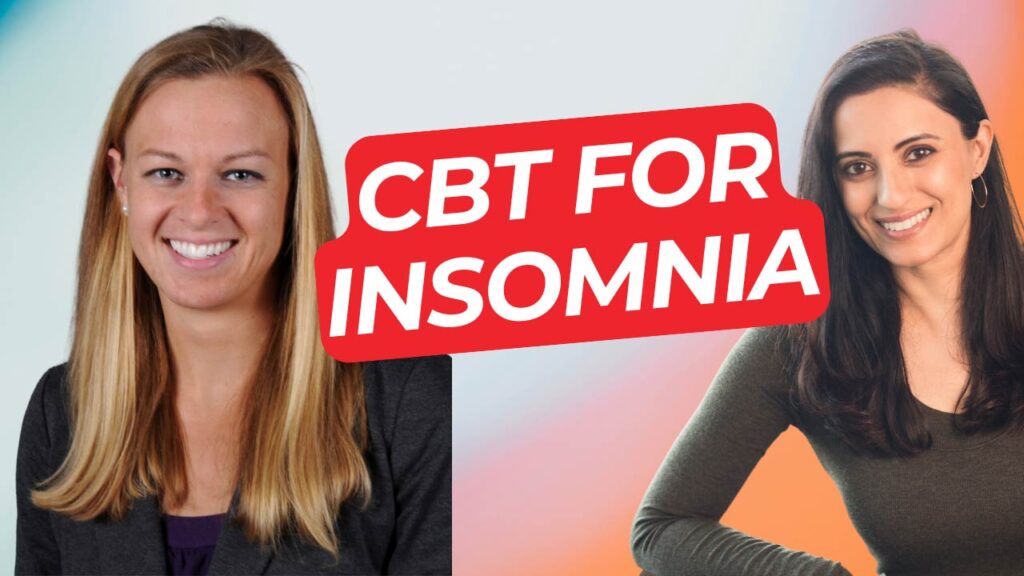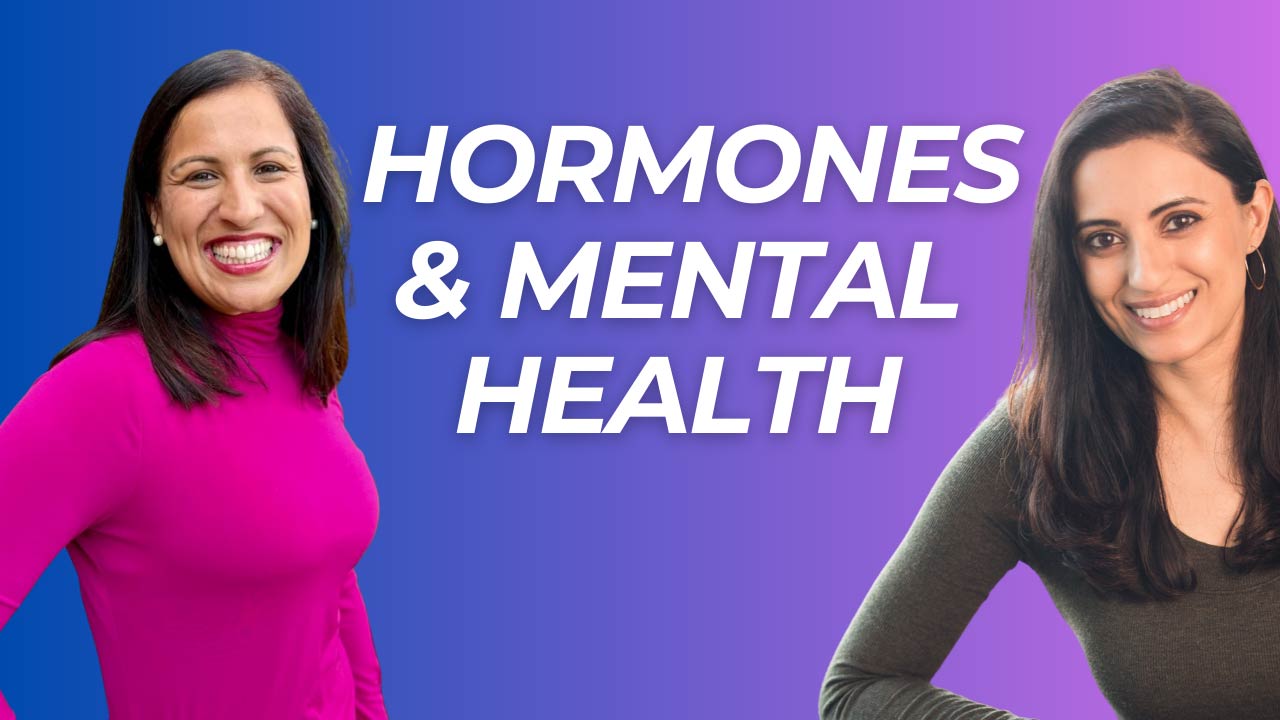I was recently working with a woman in her 30s who’d been dealing with insomnia since her teenage years.
After so many years of struggling, she didn’t just have insomnia, she was insomnia.
“I’m a bad sleeper,” she told me.
And just like that, it had become part of her identity.
When people label themselves this way, it becomes a self-fulfilling prophecy.
As James Clear says in the above quote, holding on to an identity keeps people stuck in unconscious patterns.
It’s not just the behavior that needs to change, it’s also the identity underneath.
If you’re a clinician helping folks with sleep issues, start by getting curious about how your patients see themselves.
And if you’re personally struggling with sleep, ask yourself: What identity have I adopted around sleep?
To dig deeper into this, I interviewed Dr. Noelle Smith, PhD, VP of Clinical Care at Moona Health, an online CBT-i (cognitive behavioral therapy for insomnia) clinic.
Whether you’re a clinician looking for referral options, or someone trying to fix your own sleep, you’ll come away with practical takeaways, including Dr. Noelle’s #1 sleep tip.
In this episode, we cover
- The science behind CBT-i and how it changes physiological biomarkers
- Why CBT-i works when sleep hygiene alone doesn’t
- How it’s adapted for pregnancy, PTSD, menopause, and more
- What to know about sleep meds and CBT-i
…and more.
👉Quick refresher:
What is CBT-i and why should you care?
Cognitive Behavioral Therapy for Insomnia (CBT-i) is not just about avoiding caffeine or keeping your bedroom cool. That’s sleep hygiene, and while it matters, it’s not enough.
CBT-i is the first-line, gold standard treatment for chronic insomnia. It helps people unlearn the habits, thoughts, and behaviors that are keeping them awake…also known as the perpetuating factors of insomnia.
How long does it take?
Most people start to see improvements in 2 to 3 weeks. A full course is typically 6to 8 sessions. Unlike meds, the benefits last long after treatment ends.
Do you have to stop sleeping pills to start CBT-i?
No, people can start while still on medications. Many people choose to taper later as their sleep improves.
Is CBT-i right for your patient (or you)?
It’s effective for most people with chronic insomnia, including those with anxiety, depression, trauma, or menopause-related sleep issues. It can even be tailored for pregnancy or PTSD.
For clinicians:
If your patient has insomnia that’s interfering with their life, CBT-i should be your first-line referral.
Thanks to telehealth and digital tools, access is easier than ever, especially compared to when I was doing my sleep fellowship.



